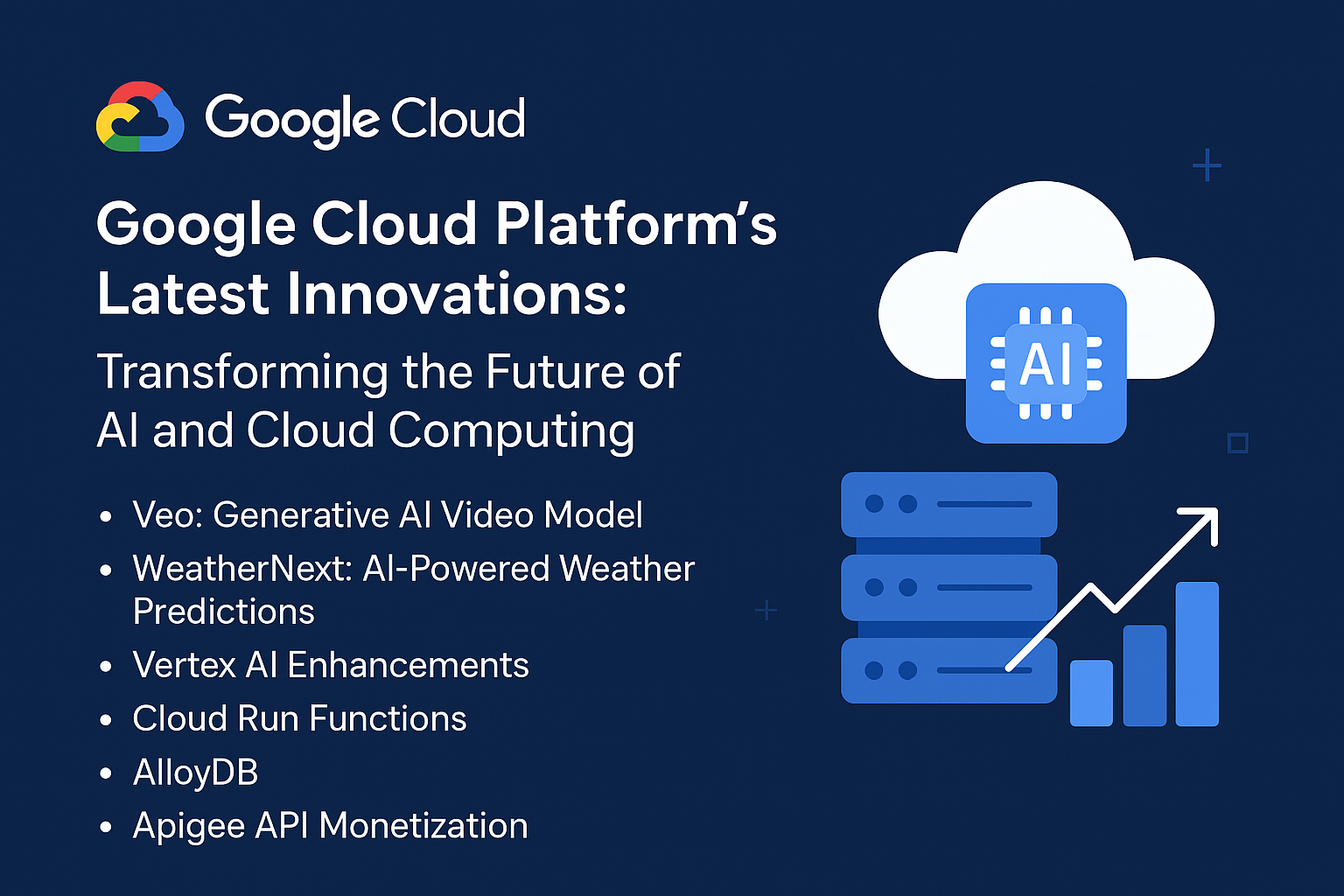
The Future of Edge AI and Its Impact on Cloud SaaS Solutions
Kehinde Ogunlowo
Table of Contents for “The Future of Edge AI and Its Impact on Cloud SaaS Solutions”
- Introduction: Understanding Edge AI and Cloud SaaS
- What is Edge AI?
- Overview of Cloud SaaS Solutions
- How Edge AI and Cloud SaaS Intersect
- Resource Link: Introduction to Edge AI
- Resource Link: Cloud SaaS Overview
- The Rise of Edge AI: Key Technologies Driving Innovation
- Machine Learning Models on Edge Devices
- IoT Integration and Real-time Data Processing
- 5G and Its Role in Accelerating Edge AI
- Resource Link: Machine Learning at the Edge
- Resource Link: IoT and Real-Time Data Processing
- The Benefits of Edge AI for Cloud SaaS Solutions
- Reduced Latency and Improved User Experience
- Cost Reduction through Decentralized Computing
- Enhanced Data Security and Privacy
- Resource Link: Latency and User Experience
- Resource Link: Security Benefits of Edge AI
- Impact of Edge AI on Cloud SaaS Deployment and Scalability
- Decentralized Architecture and SaaS Efficiency
- Dynamic Resource Allocation and Auto-Scaling
- Impact on SaaS Pricing Models
- Resource Link: Cloud SaaS Deployment Strategies
- Resource Link: Edge AI and Scalability
- Challenges in Integrating Edge AI with Cloud SaaS
- Data Consistency and Synchronization Issues
- Device and Infrastructure Compatibility
- Managing Distributed Systems and Networks
- Resource Link: Synchronization in Edge AI
- Resource Link: Infrastructure Compatibility
- Future Trends and Innovations in Edge AI and Cloud SaaS
- AI-powered Autonomous Edge Devices
- Edge AI for Smart Cities and Industrial Applications
- Integration of Edge AI with AIaaS in the Cloud
- Resource Link: Autonomous Edge Devices
- Resource Link: Smart Cities with Edge AI
- Strategic Implications for Businesses Adopting Edge AI with Cloud SaaS
- Business Model Adaptation to Edge AI Trends
- Improved Decision-making and Operational Efficiency
- New Opportunities in AI-powered SaaS Products
- Resource Link: AI and Business Model Transformation
- Resource Link: Edge AI in SaaS Products
- Conclusion: The Future Outlook of Edge AI and Cloud SaaS Solutions
- The Synergy between Edge AI and Cloud SaaS in the Next Decade
- Challenges and Opportunities for the Industry
- The Road Ahead: Preparing for the Future of Edge AI and Cloud SaaS
- Resource Link: Future Trends in AI and SaaS
1. Introduction: Understanding Edge AI and Cloud SaaS
This section will lay the foundation for the paper by explaining the core concepts of Edge AI and Cloud SaaS. Edge AI refers to artificial intelligence deployed on edge devices (like sensors, cameras, and other IoT devices) instead of cloud data centers. It allows for real-time data processing with minimal latency. Cloud SaaS (Software as a Service), on the other hand, refers to software applications hosted on the cloud that users access through the internet. Together, Edge AI and Cloud SaaS create new possibilities for businesses to deliver smarter, faster, and more efficient services.
2. The Rise of Edge AI: Key Technologies Driving Innovation
Edge AI has experienced rapid growth, largely driven by advances in machine learning, IoT, and 5G technology. With the ability to process data at the source of generation (e.g., sensors or devices), Edge AI significantly reduces latency. The integration of 5G networks further enhances its capabilities by providing faster data transfer speeds, making real-time AI decision-making possible on the edge.
3. The Benefits of Edge AI for Cloud SaaS Solutions
Edge AI enhances Cloud SaaS in various ways. By processing data locally, latency is reduced, ensuring faster response times for end-users. The decentralized nature of Edge AI also reduces reliance on centralized data centers, which can cut operational costs. Additionally, data privacy is enhanced by keeping sensitive information closer to the user rather than transmitting it to the cloud for processing.
4. Impact of Edge AI on Cloud SaaS Deployment and Scalability
The decentralized architecture of Edge AI can make Cloud SaaS more efficient by allowing dynamic and scalable resource allocation based on demand. With Edge AI, auto-scaling becomes more efficient, as workloads are distributed across multiple edge devices, reducing the need for centralized servers. This model can lead to new pricing models where costs are more closely aligned with resource usage.
5. Challenges in Integrating Edge AI with Cloud SaaS
Despite the benefits, the integration of Edge AI with Cloud SaaS comes with several challenges. These include ensuring data consistency across distributed systems, addressing device compatibility, and managing the complexities of distributed networks. Successful integration requires careful coordination and advanced system architectures.
6. Future Trends and Innovations in Edge AI and Cloud SaaS
The future of Edge AI is closely tied to advancements in autonomous edge devices, smart city technologies, and AI as a Service (AIaaS). These technologies promise to bring intelligence closer to the user, allowing businesses to deliver hyper-localized services. Furthermore, Edge AI in smart cities can enhance traffic management, energy efficiency, and public safety.
7. Strategic Implications for Businesses Adopting Edge AI with Cloud SaaS
For businesses adopting these technologies, there are strategic implications in terms of new business models, improved decision-making based on real-time data, and the potential to offer innovative AI-powered SaaS products. Businesses must also adapt to changes in operational processes and customer expectations.
8. Conclusion: The Future Outlook of Edge AI and Cloud SaaS Solutions
The integration of Edge AI and Cloud SaaS is poised to revolutionize industries by enabling smarter, more efficient, and scalable solutions. The future of this synergy promises opportunities for businesses to enhance user experience, reduce costs, and develop innovative AI-driven services. However, companies must prepare for challenges related to integration, data privacy, and resource management as they adopt these technologies.
Table of Contents
Latest Articles

